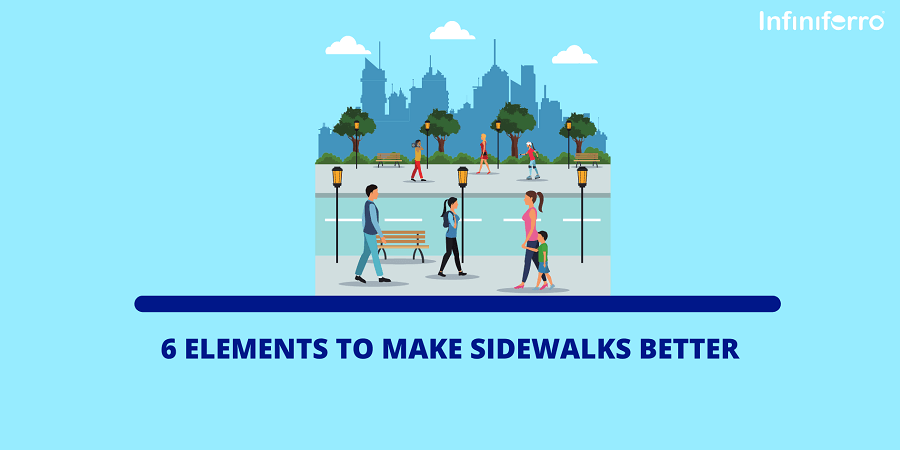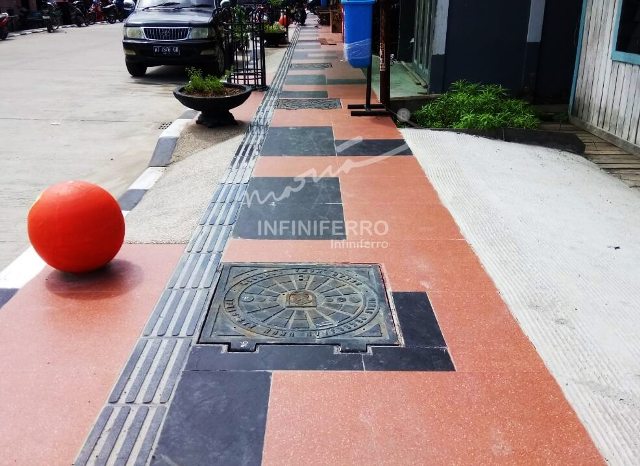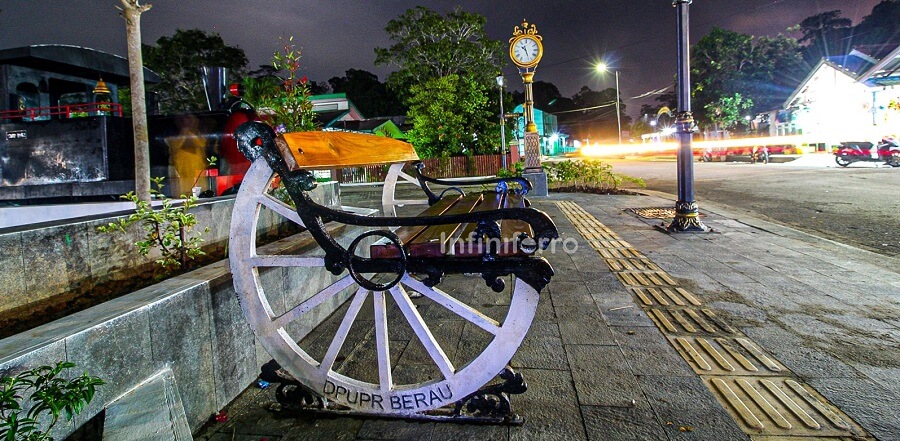
One important part of a city’s infrastructure is the sidewalk. Often considered trivial, several principles or elements can make sidewalks function well. What are these elements? Below is the complete discussion.
1. Sufficient surface and width
The sidewalk has three zones: the zone at the front of the sidewalk, the pedestrian zone, and the furniture zone. By considering these three zones with the right and appropriate sizes, the result can be to provide enough space for people to use the sidewalk.
Pedestrian zones should not have any obstacles because there will be lots of people passing by. Sidewalk furnishing zones typically include furniture such as benches, trash cans, and trees.
2. Sidewalks as attractive spaces
Sidewalks can be attractive public spaces to facilitate social interaction among sidewalk users. If a sidewalk is built with stable materials, high quality, anti-slip, and designed to facilitate drainage, it will certainly encourage people to use that space because they feel comfortable.
3. Sidewalks as a safe connection
Pedestrian paths on sidewalks must integrate accessible connections between different city spaces such as alleys, bus stops, stairs, street corners, crossings, and intersections. Safe road designs must be implemented because sidewalks are connected to various means of transportation.
Apart from that, it is also a good idea to have sufficient space in public transport transit areas so that crowds can be avoided and can provide access for disabled people. Public lighting is also no less important for pedestrians because it can increase safety at night. Generally, public lighting uses street pole lights. This public lighting can reduce the risk of accidents and crime at night.
4. Universal accessibility
One of the elements to consider when building a sidewalk is its accessibility. Sidewalks must be accessible to everyone, including pregnant women, wheelchair users, older people, children in strollers, and disabled people.
Things that need to be considered regarding sidewalk accessibility are ramps, low-angle running slopes, and tactile surfaces. What is no less important is the guiding block on the disabled route because this route helps blind people to recognize a safe route that can be followed.
5. Signs and cleanliness
Pedestrians need clear information and signs to adapt and understand the rules on certain sidewalks. Some signs pedestrians may need include maps, crossing lights, and directions to places of interest.
Apart from signs, the provision of trash bins must also be considered to build a clean, healthy, and beautiful environment.
6. Drainage is needed for a better sidewalk

Drainage must be installed on the sidewalk so that water does not pool because waterlogged sidewalks can worsen urban flooding and property damage. Eco-friendly infrastructure such as rain gardens can also reduce pressure on drainage systems. Drainage can reduce the risk of flooding so that water does not pool on the sidewalk and maintains the comfort of road users even when it rains.
In essence, a good sidewalk is a sidewalk that can function optimally and does not endanger road users. It is essential to pay attention to these elements so that the sidewalk can become a comfortable, safe, and beautiful place for everyone to use.

Leave a Reply